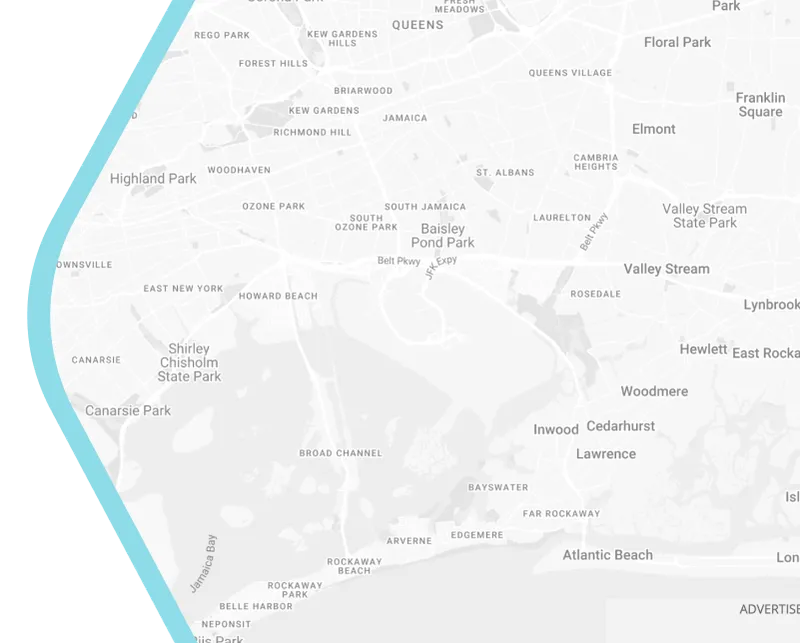
Smart City Solutions: Transforming Australia’s Urban Future
What Are Smart City Solutions, and Why Are They Important?
A smart city uses digital technologies, data analytics, and IoT (Internet of Things) to improve city functions, enhance public services, and optimize resource management. From smart traffic systems to energy-efficient buildings, these solutions address the pressing challenges of urbanization.
For Australians, smart city solutions mean:
- Reduced environmental impact through sustainable energy and waste management.
- Improved mobility with real-time traffic updates and smart public transport systems.
- Enhanced public safety with predictive analytics and smart surveillance.
With Australia’s government investing heavily in urban infrastructure, these innovations are shaping the future of Australian cities.
Key Smart City Solutions Transforming Australia
1. Smart Traffic and Transportation
Traffic congestion is a growing problem in Australia’s major cities. Smart traffic systems use sensors and AI to monitor and manage traffic flow, reducing delays and emissions. For example, Melbourne’s smart transport initiatives include real-time traffic data and adaptive traffic lights to optimize commutes.
Actionable Tip: Advocate for public transport apps like Moovit that integrate real-time updates to make commuting more predictable.
2. Energy-Efficient Infrastructure
Buildings account for a significant share of Australia’s energy consumption. Smart energy solutions, such as solar panels and energy-efficient HVAC systems, reduce carbon footprints. Sydney’s Barangaroo precinct showcases these innovations by being one of the most sustainable urban areas globally.
Actionable Tip: Encourage local governments to implement green building standards like NABERS to promote energy efficiency.
3. Waste and Water Management
Australia faces growing concerns about waste and water scarcity. Smart bins equipped with sensors alert waste collection services when full, reducing unnecessary pickups. IoT-based water management systems monitor usage and detect leaks, ensuring water conservation.
Actionable Tip: Adopt household water-saving technologies like smart meters to contribute to broader conservation efforts.
4. Citizen Engagement Platforms
Smart cities thrive on community involvement. Platforms like Brisbane’s “Smart Budget” allow residents to voice their opinions on public spending, fostering transparency and trust.
Actionable Tip: Participate in local smart city initiatives to ensure your voice contributes to shaping the future.
Conclusion
Smart city solutions are more than just a technological upgrade; they are the backbone of sustainable and efficient urban living in Australia. By embracing innovations like smart transportation, energy efficiency, and citizen engagement platforms, Australian cities can become global leaders in smart urbanization.

